unsure of pruning wording for wisteria
bibbus 7b
10 years ago
Related Stories
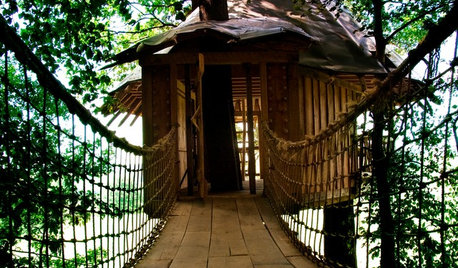
OUTBUILDINGS12 Fun Backyard Forts Grown-Ups Can Love, Too
Kids might use them for secret meetings, but the word is out on these tree houses and playhouses that consider adult design tastes
Full Story
GROUND COVERSGround Force: 10 Top Ground Covers for Your Garden
Protect your soil from weeds and drought this summer with a living mulch of ground covers
Full Story
GARDENING GUIDESHouzz Call: What’s Your Favorite Backyard Beauty?
The simple, honest daisy is this writer’s go-to garden flower. We want to hear which plant, flowering or otherwise, gives you special joy
Full Story
GARDENING AND LANDSCAPINGGrow a Lush Privacy Screen
No need to wait forever for patio privacy the green way. These 10 ideas will get your screening up and running in no time
Full Story
DECORATING GUIDESDitch the Rules but Keep Some Tools
Be fearless, but follow some basic decorating strategies to achieve the best results
Full Story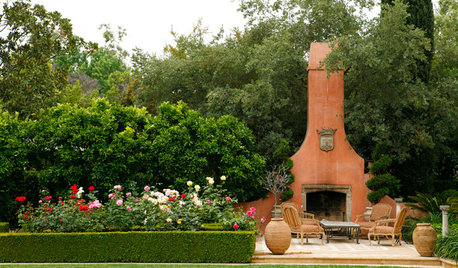
LANDSCAPE DESIGNMake Your Roses Even More Beautiful With These Companion Plants
Nourish your rosebushes and create a visual feast with these 7 classic and unexpected plant pairings
Full Story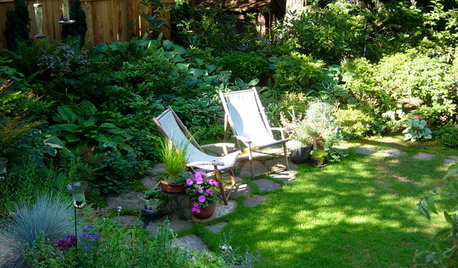
LANDSCAPE DESIGN5 Essential Considerations for a Landscape Design Project
Get your winter garden fix by planning an entirely new landscape or just an update for a single garden stretch
Full Story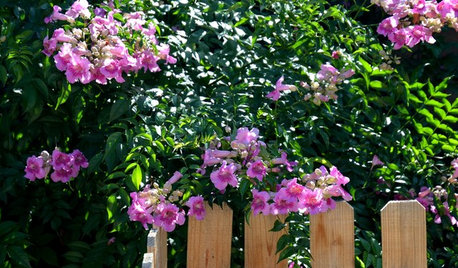
PINK FLOWERSGreat Design Plant: Pink Trumpet Vine Heralds Vibrant Color
Announce your landscape beautification efforts with this flowering vine that perks up hot, dry gardens
Full Story
HOUZZ TOURSHouzz Tour: A 1905 Cottage Gets a Major Family Update
Historic Boston meets outdoors Oregon in this expanded California home
Full Story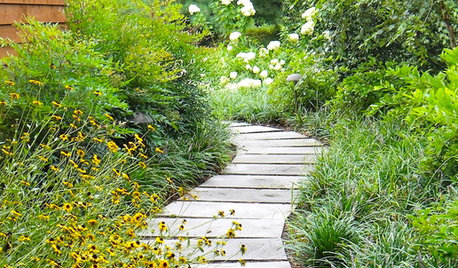
LANDSCAPE DESIGN7 Ways to Design a Garden That Flows and Intrigues
Transform a staccato yard into a smooth and relaxing delight by mastering the art of garden transitions
Full StorySponsored
More Discussions






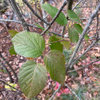

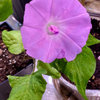
lisanti07028
woodyoak zone 5 southern Ont., Canada
Related Professionals
Cottonwood Landscape Architects & Landscape Designers · Wakefield Landscape Contractors · Concord Landscape Contractors · East Chicago Landscape Contractors · El Reno Landscape Contractors · Fort Hunt Landscape Contractors · Gainesville Landscape Contractors · Lees Summit Landscape Contractors · Mesa Landscape Contractors · Oviedo Landscape Contractors · Salem Landscape Contractors · Shoreview Landscape Contractors · Spring Landscape Contractors · Uxbridge Landscape Contractors · Waipahu Landscape Contractorsbibbus 7bOriginal Author
woodyoak zone 5 southern Ont., Canada